Simulation, Machine Learning, and their Synergy
in Addressing Past Socio-Environmental Systems
Andreas Angourakis | @AndrosSpicahttps://andros-spica.github.io/IAMAHA-Angourakis-2023/index.html?print-pdf (printable version)

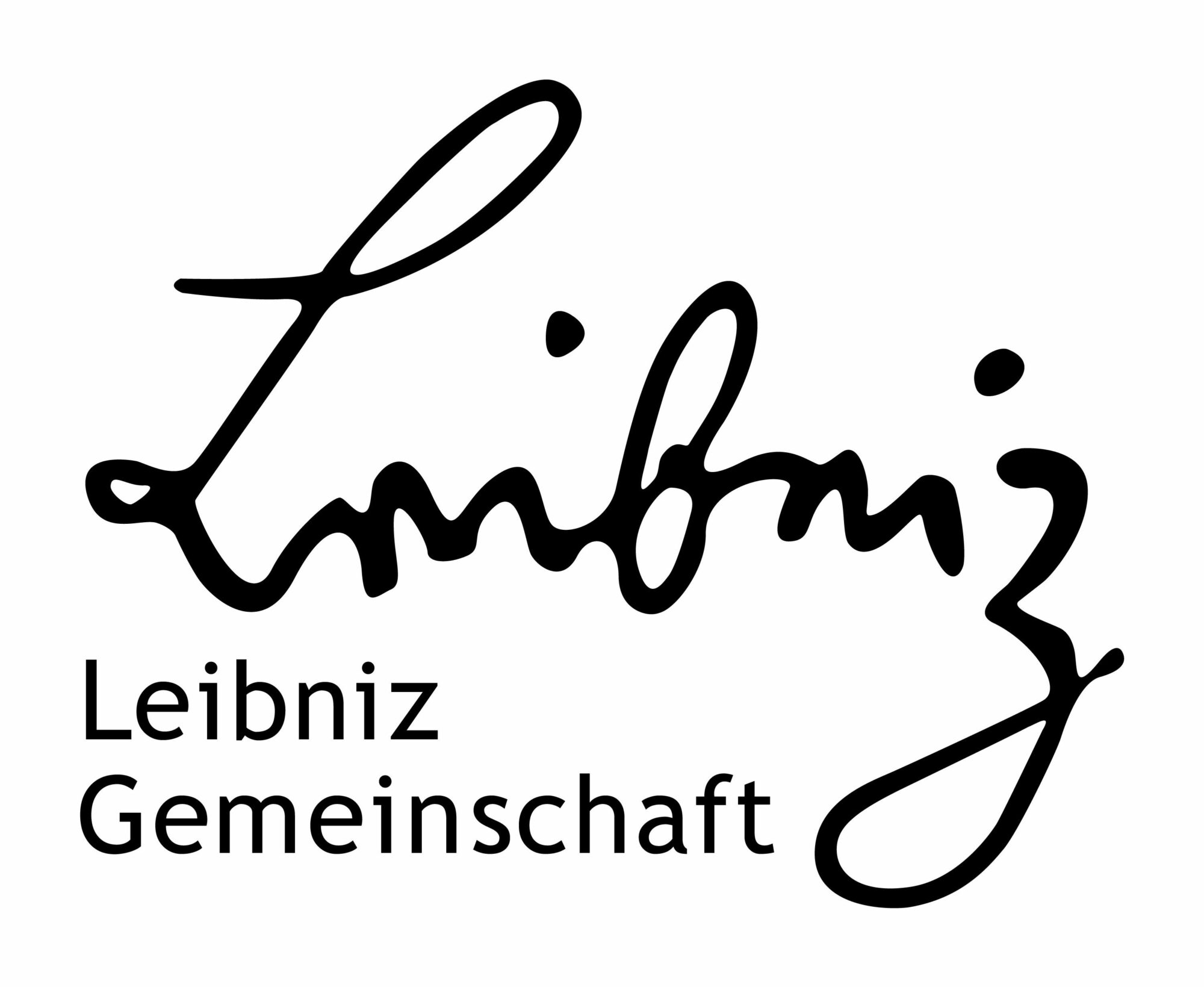



Outline
- Simulation versus machine learning?
- Simulation + machine learning → examples
- Implications to modelling past socio-ecological systems
- Conclusions
1. Simulation versus machine learning?
An "Age" of machine learning
- Deep learning made Artificial Intelligence pop (again)
- Data Science, Big Data and low-cost/high-performance computing
- Simulation associated to "old" Artificial Intelligence"
- Modelling is a fitness contest? (pun intended)
- When to use: purposes and context
- Simulation in archaeology:
"Can you validate your model?"*
Epstein, J. M. (2008). Why Model? Journal of Artificial Societies and Social Simulation, 11(4), 12.
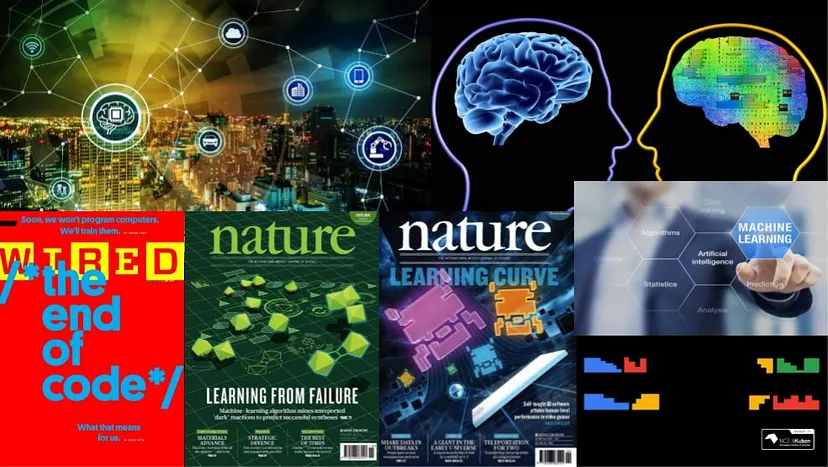
Machine Learning: From hype to real-world applications. Medium. (Link)
how similar or different are Machine Learning and simulation models?
the
Epistemological context


Diagrams available at https://github.com/Andros-Spica/modelling-simulation-graphs
Icon assets from "The Noun Project" (thenounproject.com)
how similar or different are Machine Learning and simulation models?
the
Epistemological context


Diagrams available at https://github.com/Andros-Spica/modelling-simulation-graphs
Icon assets from "The Noun Project" (thenounproject.com)
| Input | Model | Output | |
| Machine Learning | known | learned after implementation |
known+ predicted after training |
| Simulation | known+ assumed |
known before implementation |
learned after iterations |
2. Simulation + Machine Learning
Moving forward...
If both approaches serve different epistemological purposes, why should we choose one over the other?
How can simulation and machine learning be combined into the same methodology?

Icon assets from "The Noun Project" (thenounproject.com)
von Rueden, L., Mayer, S., Sifa, R., Bauckhage, C., & Garcke, J. (2020). Combining Machine Learning and Simulation to a Hybrid Modelling Approach: Current and Future Directions. In M. R. Berthold, A. Feelders, & G. Krempl (Eds.), Advances in Intelligent Data Analysis XVIII (Vol. 12080, pp. 548–560). Springer International Publishing. 10.1007/978-3-030-44584-3_43
Simulation for
the creation of training datasets
Jareño, S. J. N., Helden, D. P. van, Mirkes, E. M., Tyukin, I. Y., & Allison, P. M. (2021). Learning from Scarce Information: Using Synthetic Data to Classify Roman Fine Ware Pottery. Entropy, 23(9). 10.3390/e23091140
- 5373 images of 162 terra sigilata from Roman Britain
- A classification problem
- Simulation (or procedural generation) of 1000+ images per class using Matplotlib and Blender (experimentation)
- Taking advantage of deep learning, while minimising curse of dimensionality
Simulation datasets are (potentially) "Big Data"
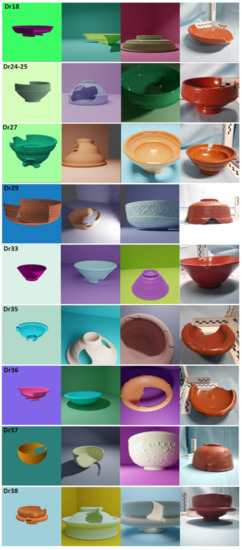
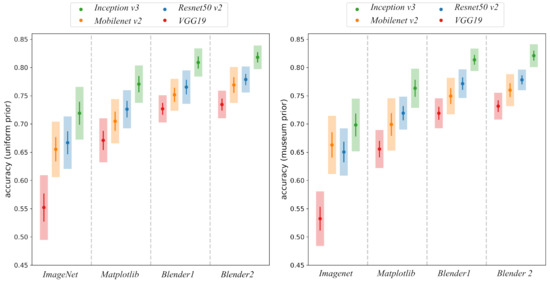
Machine Learning for
model generation
- Immense (and growing) collection of Large Language Models (LLMs) of various kinds and domains
e.g. ChatGPT, Google Bard, GitHub Copilot, etc. - Conversational technique as your own "think thank"
- Variable fluency with programming languages
e.g. Python > NetLogo - Potential of using Web and local files data
- Technologies in "beta" - e.g. AgentGPT
- Iterative process still requiring a lot of know-how both on simulation and ML
You are not alone anymore!


Machine Learning for
pattern detection in simulation output
- Less new and hype, yet more important
- Realm of exploratory and inferential statistics
e.g. linear models, multidimensional scaling (PCA, CA, etc), clustering (hierarchical, k-means, etc), Bayesian statistics, etc. - Good, fairly consolidated practice:
sensitivity analysis with Random Forest (or similar) on randomised exploration of parameters - Many sources available (publications, libraries/packages, scripts)
- Always remember the nature of simulation output (e.g. account for model and experiment biases)
After 10,000 runs...
the headache comes
PLOS ONE, 17(9), e0260904.
https://doi.org/10.1371/journal.pone.0260904

Journal of Archaeological Method and Theory, 24(4), 1177–1202.
https://doi.org/10.1007/s10816-016-9309-8
Machine Learning for
parameter calibration and optimisation
- Old problem, but still presenting challenges
- Effective parameter calibration is one of the missing link between "toy model" and "digital twin"
- Several quite consolidated algorithms for linear and non-linear models
e.g., those available with optim() in R, Genetic Algorithms in OpenMOLE, etc. - Challenges come with number of parameters and stochasticity
Threading an invisible, multidimensional landscape

top: double logistic model (5 pars) fitted to (unknown) model output;
middle: escalonated double logistic curve (7 pars.) fitted to (unknown) model output;
bottom: escalonated double logistic curve (7 pars., 14 hyperpars.) (guess based on target aggregate stats) versus target data (green)
Machine Learning for
model selection + pattern detection in output + parameter calibration and optimisation
Carrignon, S., Brughmans, T., & Romanowska, I. (2020). Tableware trade in the Roman East: Exploring cultural and economic transmission with agent-based modelling and approximate Bayesian computation. PLOS ONE, 15(11), e0240414. 10.1371/journal.pone.0240414
- Trade of tableware from eastern Mediterranean (Hellenistic and Roman periods)
- 8730 fragments, 5 types, 178 sites (presence/absence per type-site)
- A cultural evolution problem
- Simulation of cultural transmission algorithms (three hypotheses) coupled with a market economy model, producing spatial distributions of cultural traits of traders of each settlement
- Stochastic exploration of parameter space for each algorithm, evaluated in light of empirical data, through Approximate Bayesian Computation (ABC) + Population Monte Carlo (ABCPMC)
Cane turns into cannon!
See also:
Carrignon, S., Bentley, R. A., & Ruck, D. (2019). Modelling rapid online cultural transmission:
Evaluating neutral models on Twitter data with approximate Bayesian computation.
Palgrave Communications, 5(1), Article 1. https://doi.org/10.1057/s41599-019-0295-9
Machine Learning for
surrogate model generation
- Input-output relationship in mechanistic models is approximated with non-mechanistic (low fidelity) and computationally cheaper models (e.g. polynomials) (Forrester et al. 2008)
- Higher simulation speed and lower computational costs necessary for:
- more extensive parameter/scenario exploration
- multi-objective calibration and optimisation
- increased model scale and complexity
- simulation using real-time data (e.g. digital twins)
- Machine learning models can:
- build surrogate models given pre-defined building blocks (e.g. Greig & Arranz 2021)
- serve as surrogates themselves, i.e. trained to predict simulation runs with limited amount of simulation data (e.g. Angione et al. 2022; Pfrommer et al. 2018)
- Caveat/pitfall: justified when there is high confidence on mechanism underlying model behaviour
KIDS meets KISS
Machine Learning for
simulation model components
- Not strictly new in distributed simulation methods
- Further exploring ABM roots and use in robotics
(Multi-Agent Systems) - Many learning algorithms directly compatible with ABM, e.g.:
- reinforced learning (e.g. Angourakis et al. 2015)
- evolutionary algorithms
(e.g. Sarker & Ray 2010, Li et al. 2023) - neural networks!
- Several ABM frameworks are compatible with ML
e.g. Belief-Desire-Intention agent architectures, OpenAI experiments with emergent agent behaviour - Many topics friendly to both simulation and ML components
e.g. collective action, cultural evolution, markets, etc. - Caveat/pitfall: optimal behaviour might not coincide with the historical/target behaviour
Simulation (artificial) intelligence
3. Implications
Implications for simulation
of past socio-ecological systems
- More domains, true transdisciplinary (design)
- Faster workflow (implementation, debugging, optimisation)
- Higher computability (size)
- Better calibration (input data)
- Better validation tests (output data)
- More expressive results
(analysis & visualisation)
⇛ Tractability of complex processes
Caveat: higher computational costs, expertise requirements, hybrid teams desirable
Examples from Indus Village model (to-do list)
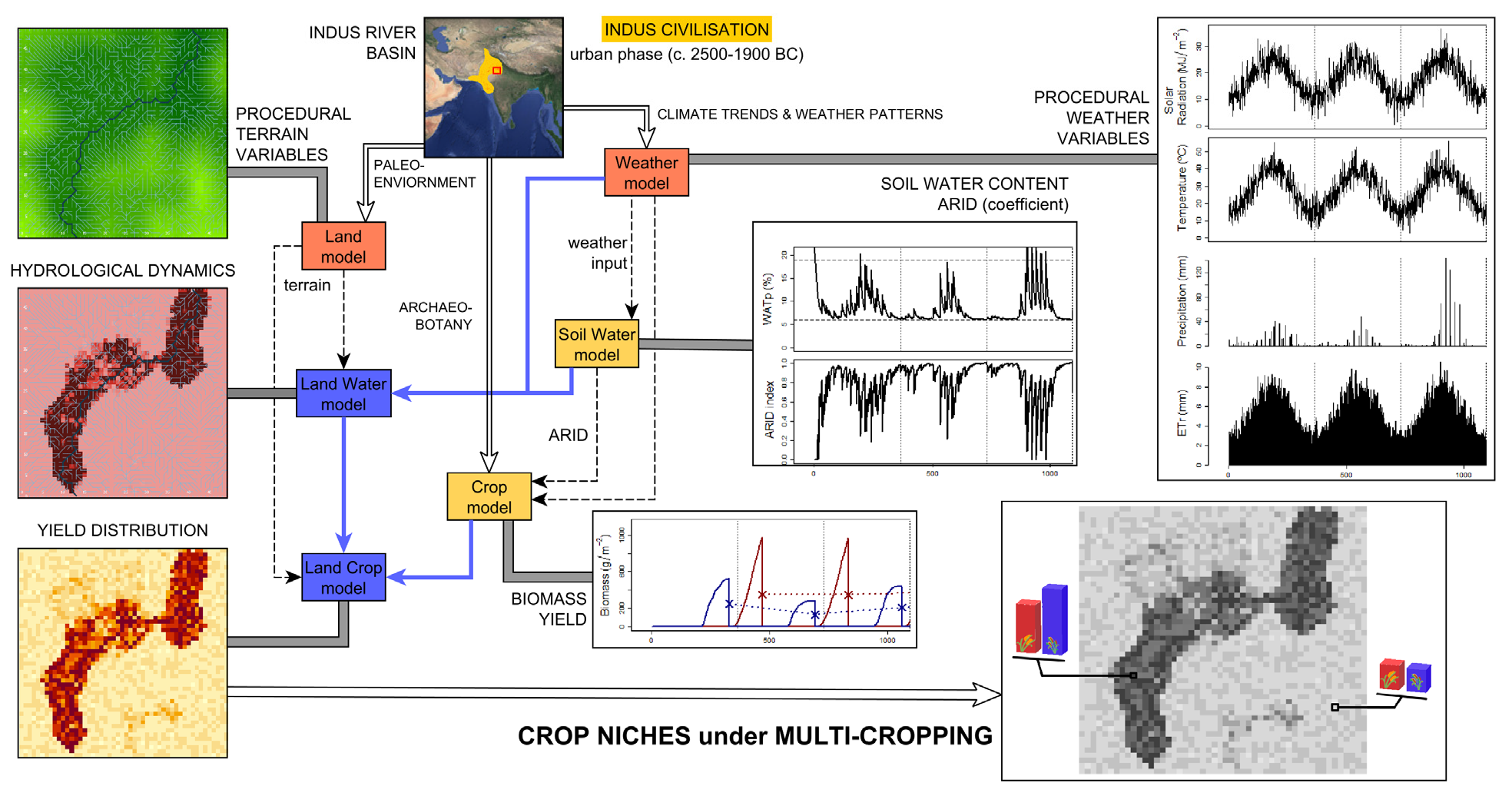
Angourakis et al. 2022, Quaternary | model repository: https://github.com/Andros-Spica/indus-village-model
⇑ simplification of Land Water model (runoff calculation)
(surrogate model generation)
use of ML component in agent decision-making ⇒
(model component)
sensitivity analysis per each submodel ⇒
(pattern detection)
⇐ validation of Weather and Land model to known present conditions
(parameter calibration and optimisation)
⇐ Conversion of paleoenvironmental and paleodemographic data (proxies) to model (mechanistic) variables
(pre-processing/selecting input data) ⇓

4. Conclusions






A few takes of Leonardo.AI (Diffusion XL) on
"machine learning and simulation cooperating
to reconstruct socio-ecological past".
- Mechanism/explanation is the keystone of simulation models
- Don't just compare simulation to ML (fitness fever), combine and complement
- Simulation + ML:
many avenues available (low-hanging fruits) and others still to explore - Past socio-ecological systems call for modelling for the long-haul (deep-time, complex, multi-disciplinary)
Thank you for the attention!
Andreas Angourakis | @AndrosSpica





